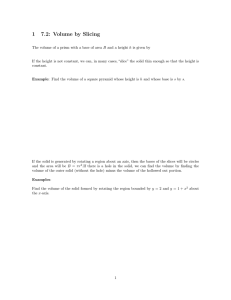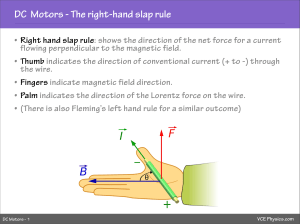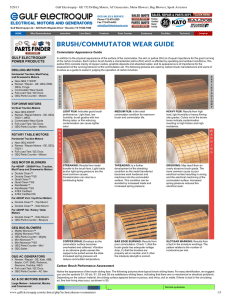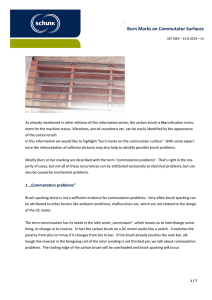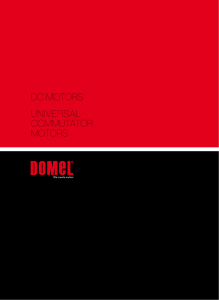Topic 6: Generators and Motors • A device that converts mechanical
advertisement
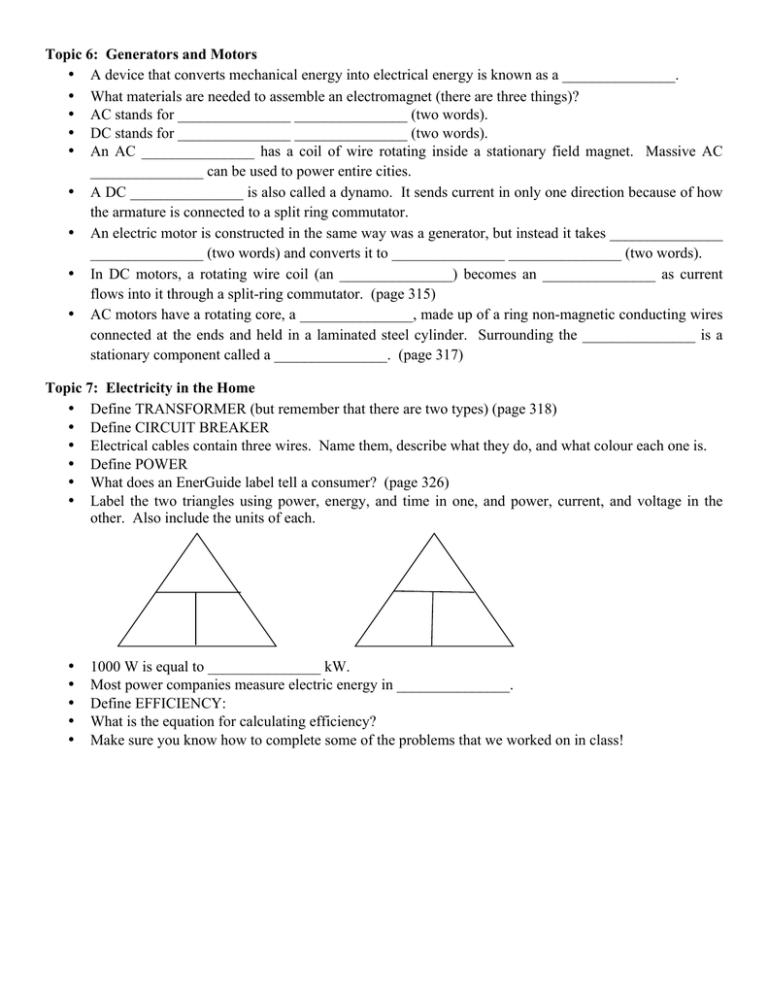
Topic 6: Generators and Motors • A device that converts mechanical energy into electrical energy is known as a _______________. • What materials are needed to assemble an electromagnet (there are three things)? • AC stands for _______________ _______________ (two words). • DC stands for _______________ _______________ (two words). • An AC _______________ has a coil of wire rotating inside a stationary field magnet. Massive AC _______________ can be used to power entire cities. • A DC _______________ is also called a dynamo. It sends current in only one direction because of how the armature is connected to a split ring commutator. • An electric motor is constructed in the same way was a generator, but instead it takes _______________ _______________ (two words) and converts it to _______________ _______________ (two words). • In DC motors, a rotating wire coil (an _______________) becomes an _______________ as current flows into it through a split-ring commutator. (page 315) • AC motors have a rotating core, a _______________, made up of a ring non-magnetic conducting wires connected at the ends and held in a laminated steel cylinder. Surrounding the _______________ is a stationary component called a _______________. (page 317) Topic 7: Electricity in the Home • Define TRANSFORMER (but remember that there are two types) (page 318) • Define CIRCUIT BREAKER • Electrical cables contain three wires. Name them, describe what they do, and what colour each one is. • Define POWER • What does an EnerGuide label tell a consumer? (page 326) • Label the two triangles using power, energy, and time in one, and power, current, and voltage in the other. Also include the units of each. • • • • • 1000 W is equal to _______________ kW. Most power companies measure electric energy in _______________. Define EFFICIENCY: What is the equation for calculating efficiency? Make sure you know how to complete some of the problems that we worked on in class! Topic 8: Electricity Production and the Environment • Define THERMO-ELECTRIC GENERATOR • Define NON-RENEWABLE • Define RENEWABLE • Define NUCLEAR FISSION • Define NUCLEAR FUSION • Define GEOTHERMAL ENERGY • Define BIOMASS • Define THERMAL POLLUTION • Define THERMONUCLEAR • Define COGENERATION SYSTEMS



